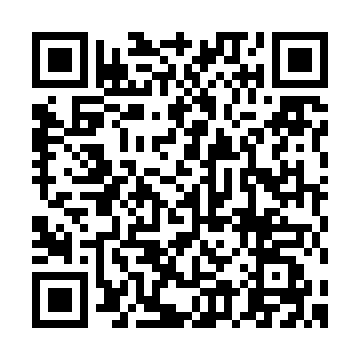1,550.00 ฿
USB to Serial Adapter
รหัสสินค้า : USBtSA
| ราคา |
500.00 ฿ |
| จำนวนที่จะซื้อ | |
| ราคารวม | 500.00 ฿ |
สินค้าไม่เพียงพอ
สินค้าหมด
The Pololu USB-to-serial adapter is a tiny unit that makes it easy to connect a microcontroller project to a PC. You can connect the adapter directly to a microcontroller without an RS-232-to-TTL level converter. It is USB 2.0-compatible and will work with your existing programs that interface with a serial port.
The Pololu USB-to-serial adapter is great for connecting microcontroller projects to a personal computer. The adapter uses 3.3 V signal levels so you can connect it directly to any microcontroller running at up to 5 V without the hassle of an RS-232-to-TTL level converter. The tiny unit is less than 1.0" x 0.7" including its mini-B connector, and the simple layout of the ground, transmit, and receive lines allows for easy mounting that takes up as little as four breadboard rows.
The USB adapter’s drivers make it look like a standard serial port to the operating system, allowing you to connect to all of your existing software, such as servo controller interface programs, through a USB port. The adapter is compatible with USB 2.0 standards and allows baud rates of up to 921.6 kbps. Drivers are available for Windows 98 through Vista, Linux, and Mac OSX.
With the trend toward removing serial ports from new computers, the Pololu USB-to-serial adapter provides one of the most economical, small, and simple solutions to the common problem of interfacing small projects to PCs.
Device specifications
- - PCB size: 1.0" x 0.65" including connector
- - USB standard: USB 2.0 (full speed)
- - Connector: USB mini-B
- - Data I/O voltage levels: 3.3 V (5 V tolerant)
- - Maximum data rate: 921.6 kbps
- - Supply current: 25 mA
Typical connection
To connect a serial device to your computer’s USB port, you will most likely only need to use the GND, TX, and RX lines. The TX and RX lines use 3.3-volt levels, but the USB adapter input lines will tolerate up to 5.5 volts. Therefore, a direct connection to a microcontroller’s I/O lines is usually possible.
For some programs, it will be necessary to connect the handshaking lines (RTS, CTS, etc.) if the software does not establish a connection without those lines. In general, the handshaking lines can be left disconnected, used for their intended purpose, or used as additional I/O lines to the computer.



